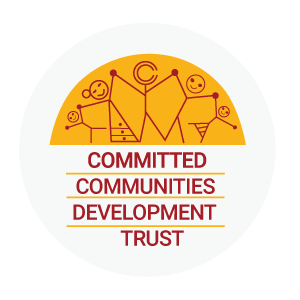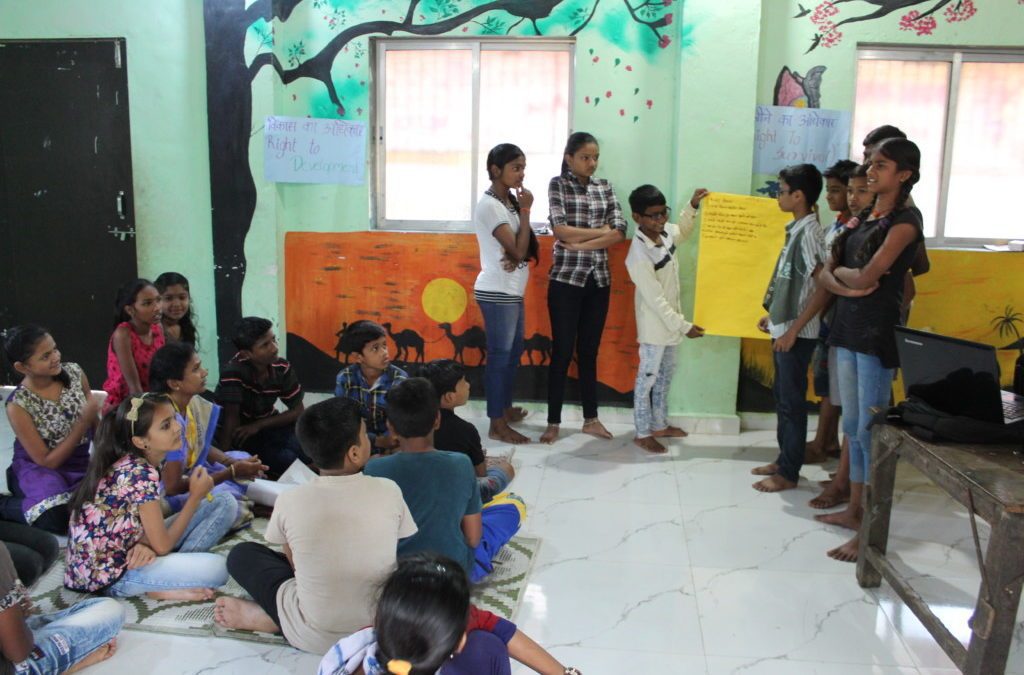Adolescence, a vital stage of growth and development, marks the period of transition from childhood to adulthood. As adolescents mature cognitively, their mental process becomes more analytical. They are now capable of abstract thinking, better articulation, and of developing independent thought processes.
Adolescents (10–19 years) make up almost one fifth of the country’s population (Census of India, 2011). However, they have a striking lack of knowledge, agency, self-efficacy and decision making power- all critical measures of empowerment. CCDT’s Adolescent Empowerment Program (AEP) aims to empower adolescents to contribute meaningfully to their own development, and positively influence development efforts within their communities. It draws attention to unhealthy social practices such as child marriage, gender inequality, violence against women and exploitation of children.

AEP program facilitates the formation of adolescent groups within the project area and offers these groups life skills training, provides age-appropriate information, and builds on their leadership skills. Life skills are understood to be an efficacious tool for empowering the adolescent/youth to act responsibly, take initiative and take control. Life skills have been defined as “the abilities for adaptive and positive behaviour that enable individuals to deal effectively with the demands and challenges of everyday life” (WHO).

CCDT’s AEP engages children, community members, and key stakeholders to enhance their participation in issues of concern within the community.

“Humein apne basti se sabhi samasya door karni hai. Jaise ki baccho ke sath chedchad, nasha aur kachara,” asserts Prakash, a child rights leader in the making. Like Prakash other adolescence from the community are participating in intensive leadership modules enabling them to respond to any form of abuse post completion of the program. The 125 child leaders will eventually take lead to create a Bal Suraksha Manch for children in their own community. Through this Suraksha Manch children will collectively work to resolve issues within their own communities. AEP thus aims to leave behind strong child leaders to lead the process of sustainable social change in their respective communities.
AEP thus encourages children to be catalysts of change in their own communities, to become self-reliant, and productive members of society who are capable of making informed decisions that benefit themselves and society at large. It strives to build ‘Tomorrow’s Leaders.’


Recent Comments